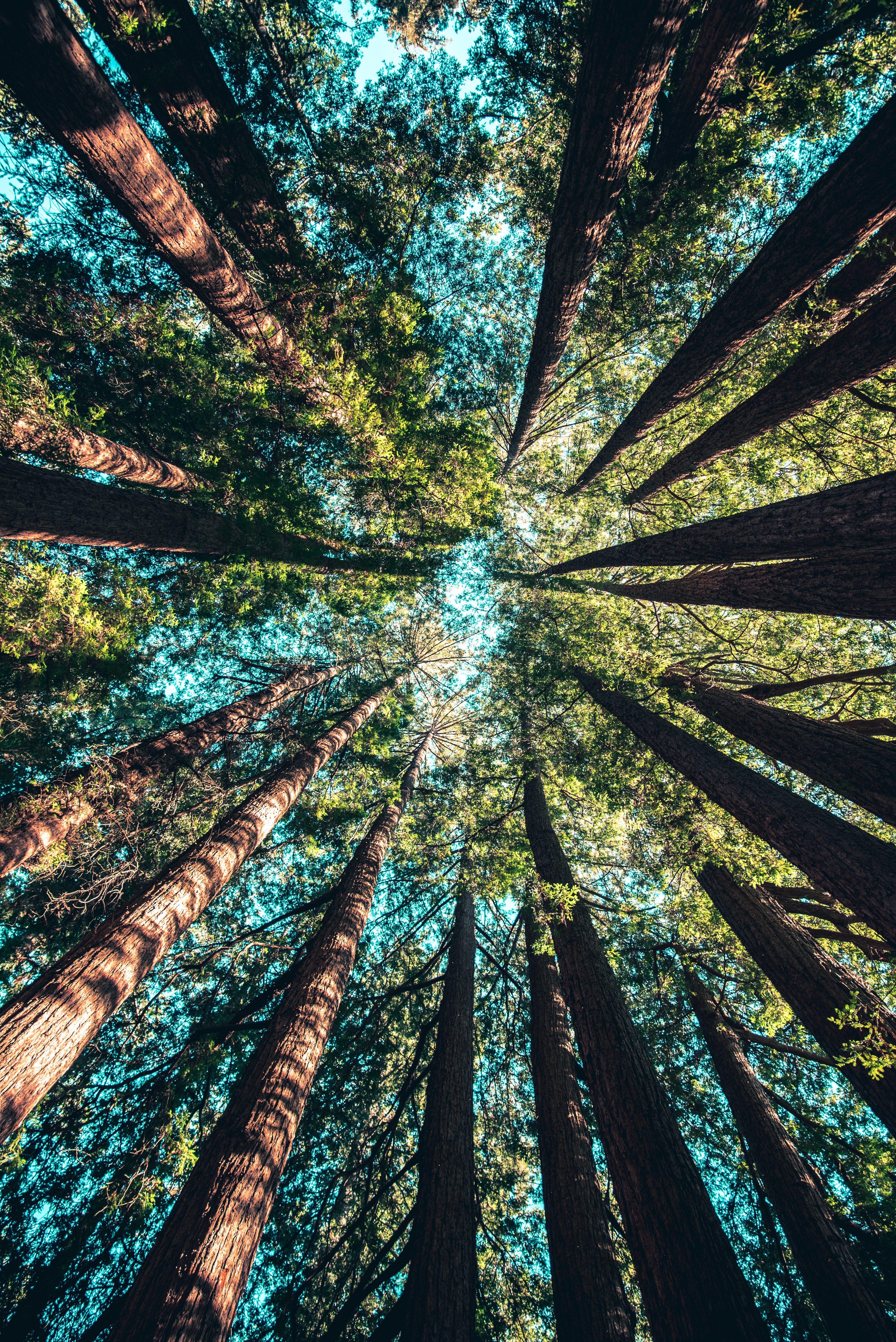
Cedar Versus Birch—Who Will Win?
Choosing between a softwood and a hardwood can be tough when you’re not aware of the properties of all the different types of wood. Depending on the use, from furniture to flooring, selecting the right species of wood is important not only for the project at hand, but for the longevity of the end product. Cedar and birch are two types of popular woods and both have a variety of uses. Nevertheless, cedar is a softwood and birch a hardwood. Regardless of how the term sounds, softwood is not weaker than hardwood, but can be less expensive.
Fortunately, armed with further information, you can easily compare the two wood types and see which one wins for your building purposes.
BIRCH HARDWOOD
- Two main varieties of birch for building purposes are yellow and white.
- Yellow Birch varies from pale yellow to white in colour, with reddish-brown heartwood.
- White Birch has a whiter colour resembling the light, creamy colours of Maple Wood, and can be indistinguishable between the two.
- Birch is harder than Cedar, stable, and relatively easy to work with.
- Birch is less expensive than several types of hardwoods and is readily available.
- Birch doesn’t gouge easily and is therefore practical to work with.
- Often used in the manufacturing of fine furniture and millwork, birch is also commonly used as veneer over plywood instead of solid wood.
- Staining can be tricky with Birch since it can get blotchy and may require painting.
- Birch holds screws well and is strong, making it ideal for bracing and other structural components, such as tables and cabinets.
- Birch has good shock resistance and takes both stain and polish well.
CEDAR SOFTWOOD
- The most common variety of cedar wood is Western Red Cedar which has a reddish colour, although there exists over a dozen species of cedar belonging to several different families of trees.
- Western Red Cedar has a reddish to pink-brown heartwood and a light yellow-white sapwood.
- Cedar has one of the most aromatic wood scents making it a pleasing addition to the interior and exterior of any building.
- Cedar is an ideal choice for decks, patio furniture, wood shingles, and fence posts due to its inherent durability to withstand the elements.
- Cedar has a straight grain and is known for its narrow, knotty planks because of its slow growth.
- Western Red Cedar can withstand moist environments without decaying.
- Additionally, it can be pre-stained in any colour you choose or left in its natural state. Western Red Cedar readily accepts colours and finishes and may be purchased in a wide range of grades, textures, and dimensions.
- Biodegradable and recyclable, cedar provides excellent insulation.
- Cedar wood decking is lighter and therefore, easier to work with than many other types of decking material.
- Cedar softwood is also affordable and sustainably sourced.
Certainly, it depends on the type of project you require the wood for that will win your choice. After careful consideration of the pros and cons of each wood type, the decision should become clear which type of wood is best suited for the job.
